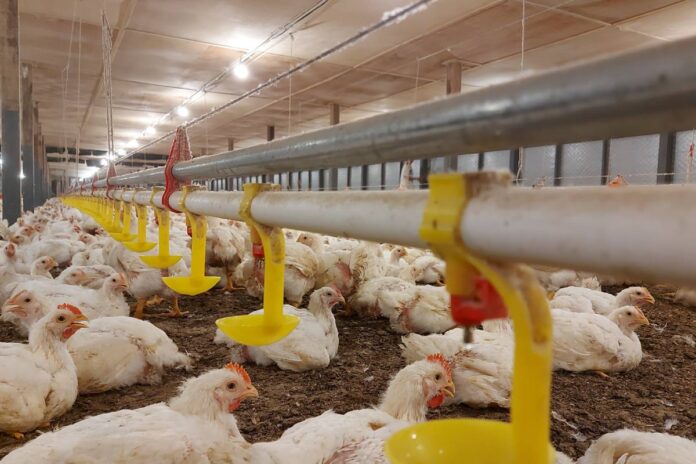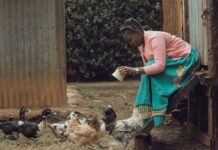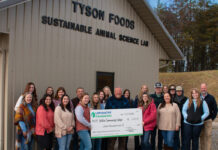
The global poultry industry is heading into the final quarter of 2025 with confidence, supported by strong demand, easing feed costs, and steady production growth. According to RaboResearch’s Global Poultry Quarterly Q4 2025, the sector is forecast to expand by 2.5% in 2025, nearly matching last year’s 2.6% increase. Poultry continues to stand out as the most affordable animal protein for consumers at a time when beef, pork, and eggs remain comparatively expensive.
Lower feed costs boost profitability
Improved grain harvests in the U.S., Europe, and Brazil have brought feed prices back near pre-pandemic levels, providing a much-needed lift to producer margins. Lower costs are now filtering through the value chain, strengthening profitability across most key regions — from Asia and Europe to Africa and the Americas.
Asia leads global production growth
Growth in Asia remains the main driver of global expansion. China’s poultry sector, one of the fastest-growing in the world, posted a remarkable 7% increase in output during the first half of 2025, driven by rising domestic demand and tighter import controls. Other Asian producers are also seeing strong growth: Turkey (+5%), the Philippines (+4.5%), and Vietnam (+4%) all reported robust gains.
However, some markets have expanded too quickly. In Indonesia, authorities have implemented a parent stock culling program to address oversupply, while in China, government measures are being taken to reduce production pressures across the broader meat market.
Trade realignment following Brazil’s export disruption
Global poultry trade has continued to grow, despite temporary disruptions earlier this year. Brazil — the world’s largest exporter — faced significant avian influenza-related restrictions between May and July 2025, leading to a short-term decline in shipments. This opened opportunities for Thailand, Russia, Ukraine, China, and Turkey, which increased exports during that period.
With Brazil now regaining disease-free status and the U.S. potentially gaining greater market access under new trade negotiations, global export flows are expected to rebalance in late 2025 and early 2026. Total global chicken trade rose around 1% year-on-year, reaching 7.1 million tonnes in Q2 2025.
Supply constraints continue in Europe and Africa
Despite strong demand, tight parent stock availability continues to limit production growth across Europe, Africa, and Latin America. This bottleneck is expected to persist until at least early 2026, constraining supply even as markets remain profitable.
Avian influenza remains a key risk
HPAI (Highly Pathogenic Avian Influenza) continues to pose a serious threat, particularly in the Northern Hemisphere, where risk levels rise with the approaching winter season. Several countries, including South Africa, have recently introduced vaccination programs to help mitigate outbreaks. RaboResearch warns that new cases could increase volatility in an already tight market environment.
Outlook for 2026
Overall, global poultry fundamentals remain strong heading into 2026. Balanced supply, favorable feed prices, and robust consumer demand will continue to support growth, even as trade dynamics and disease risks inject uncertainty. With margins improving and demand
















